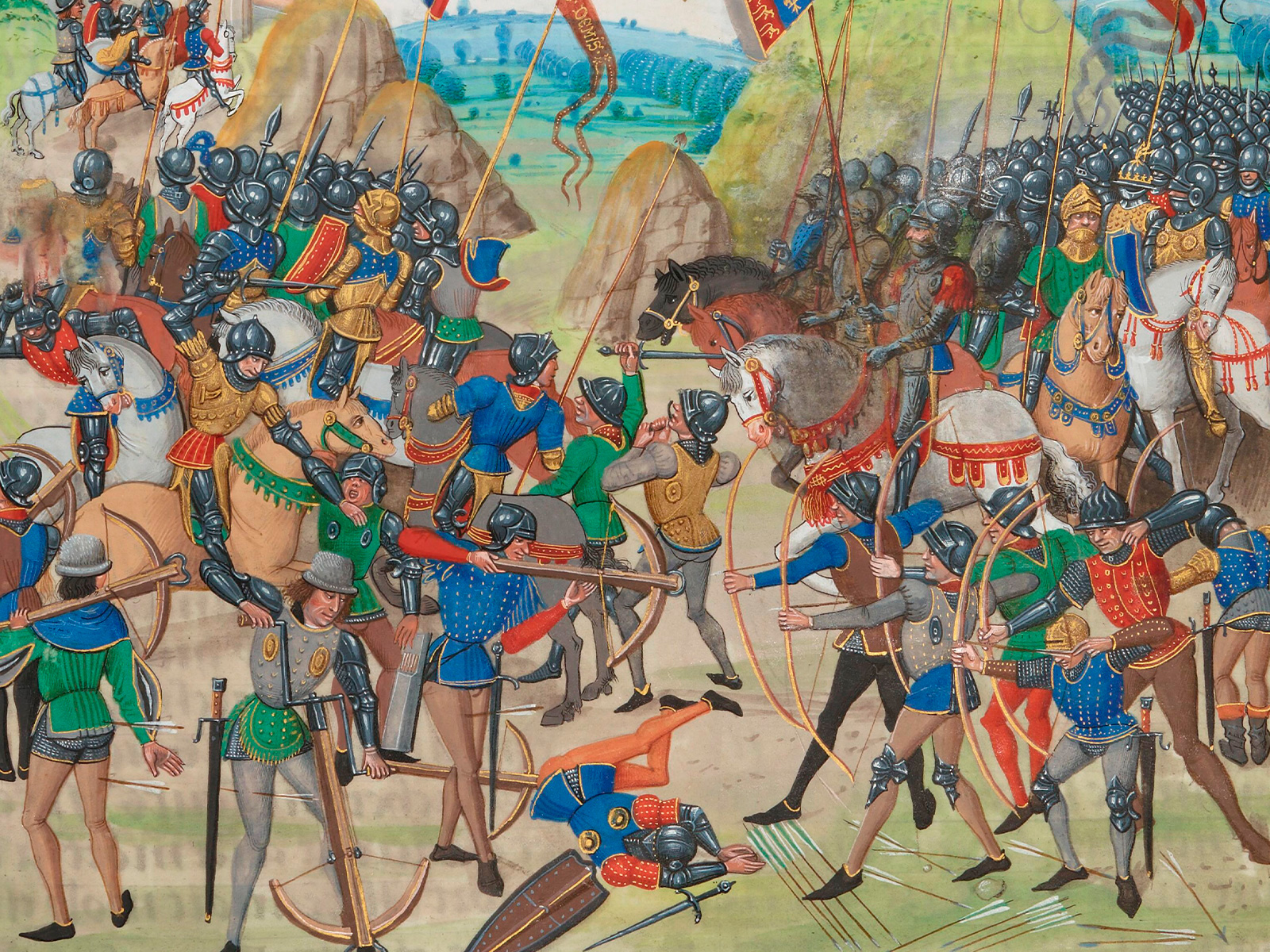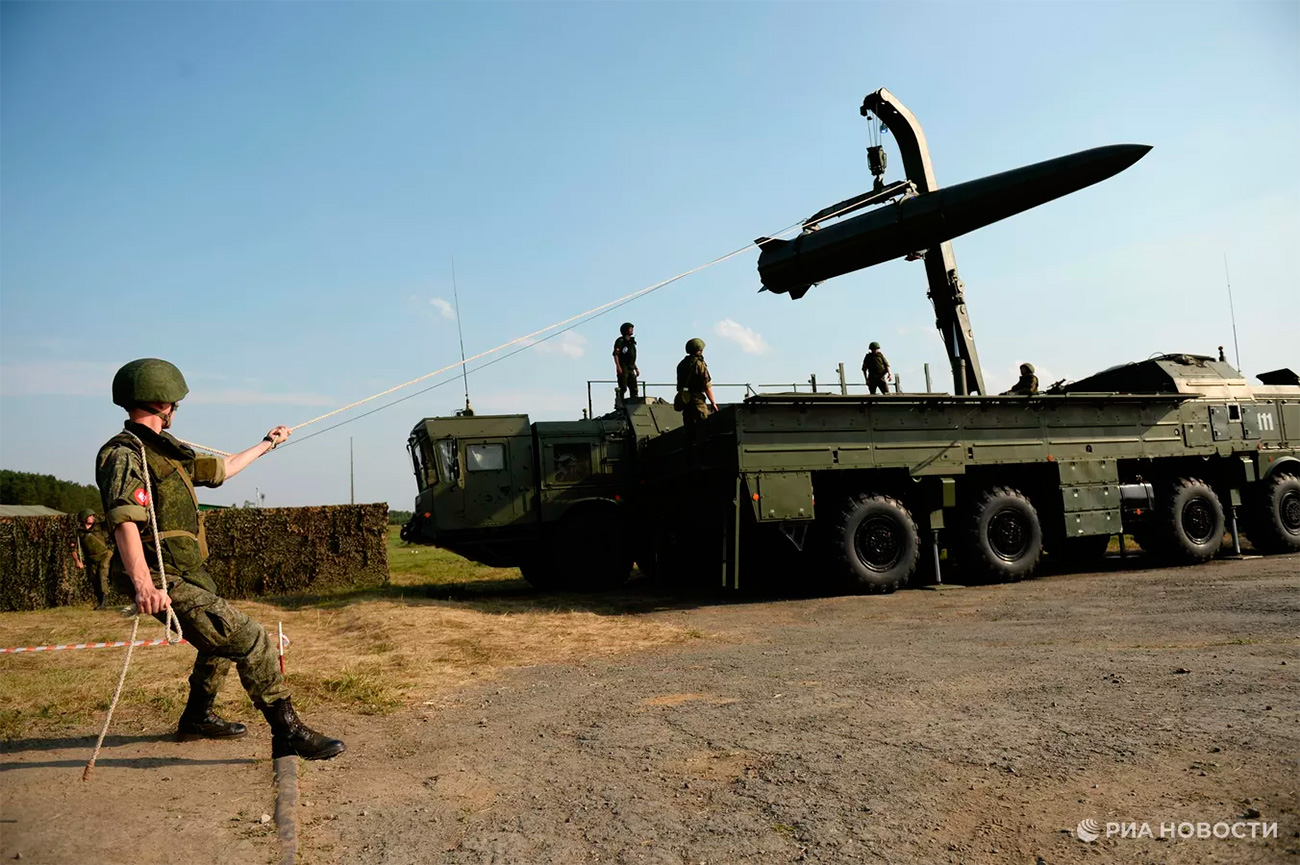During a meeting of the Russian Security Council standing conference on nuclear deterrence on September 25, it was announced that changes would be made to the document titled “Basic Principles of State Policy of the Russian Federation on Nuclear Deterrence.”
The need to adapt the nuclear doctrine to today’s realities is clear, and this process can be considered quite routine. The timing of the announcement about the revisions may simply reflect standard bureaucratic procedures. Yet it is notable that it coincided with the UN General Assembly High-Level Week and deliberations about whether to give Ukraine permission to strike deep into Russian territory with long-range Western-made weapons.
One thing should be made clear from the start: the new edition of the doctrine does not differ from the previous one in substance. The main purpose of clarifying the document’s provisions comes down to adapting it to a new situation in international military-political relations, including in the nuclear domain. It is likely that more specific assessments have also been made regarding the sustainability of nuclear deterrence in the context of the special military operation in Ukraine and the escalation of Russia's confrontation with the “collective West.”
It is quite difficult to predict the exact wording that will be used in the modified document, but President Putin’s remarks at the meeting of the standing conference provide insights into at least some of the changes.
First, the so-called negative security assurances have been explicitly revised, with a provision added that allows for a nuclear strike on any non-nuclear state in the event of its aggression against Russia that was supported by or involved any nuclear state.
The language of the Russian nuclear doctrine and the Military Doctrine of the Union State, approved in 2021, will be harmonized. It allows the Russian “nuclear umbrella” to be fully extended to deter non-nuclear threats to Belarus from, for instance, NATO members. This “umbrella” has been reinforced by the stationing of Russian nuclear weapons in Belarus and joint exercises to practice the deployment of non-strategic nuclear weapons.
As for the inclusion of all types of existing and prospective aerospace attack capabilities and the possibility of a strike against Russian territory using such means, or, more precisely, “receiving reliable information about a massive launch of air and space attack weapons and their crossing our state border,” this condition for a nuclear response seems entirely appropriate and consistent with both the traditions of Russian military thought and the real threats, including those that emerged during the special military operation. The exact parameters of this “massive launch” will likely never be defined, as maintaining ambiguity is critical in this area.
The phrase “threats to sovereignty and territorial integrity,” cited by Putin as a condition for using nuclear weapons, had been mentioned before, although the doctrine referred to “a threat to the very existence of the state.” Thus, the phrase “critical threat to our sovereignty” may be enshrined in the amended document. It is also possible that such terms as “core” or “key” national interests may be introduced, and threats to these interests could also warrant a nuclear strike.
In summary, let us emphasize that it would be a gross mistake to consider the changes to the nuclear doctrine as a response to the Ukraine crisis alone. Far more significant are the fundamental shifts taking place on the global stage. New conflicts are emerging, while old ones are flaring up, coalitions are forming, nuclear arsenals of various countries are developing, and approaches to the combat use of strategic and non-strategic weapons, both nuclear and non-nuclear, are being specified in more detail. Finally, the impact of so-called disruptive technologies on nuclear deterrence must be taken into account. Reflecting these processes in strategic planning documents pertaining to military security, which undoubtedly include the “Basic Principles of State Policy on Nuclear Deterrence,” is both necessary and natural.
During a meeting of the Russian Security Council standing conference on nuclear deterrence on September 25, it was announced that changes would be made to the document titled “Basic Principles of State Policy of the Russian Federation on Nuclear Deterrence.” At the time of writing, the revised version of the document had not yet been signed into law by presidential decree, but this is expected to happen soon. Nevertheless, it is already possible to share some considerations on the upcoming adjustments.
The need to adapt the nuclear doctrine to today’s realities is clear, and this process can be considered quite routine. The timing of the announcement about the revisions may simply reflect standard bureaucratic procedures. Yet it is notable that it coincided with the UN General Assembly High-Level Week and deliberations about whether to give Ukraine permission to strike deep into Russian territory with long-range Western-made weapons.
Global context
One thing should be made clear from the start: the new edition of the doctrine does not differ from the previous one in substance. As the Supreme Commander-in-Chief rightly noted, “the use of nuclear forces is the last resort measure to protect the country’s sovereignty.”
And now about the changes. The main purpose of clarifying the document’s provisions comes down to adapting it to a new situation in international military-political relations, including in the nuclear domain. It is likely that more specific assessments have also been made regarding the sustainability of nuclear deterrence in the context of the special military operation in Ukraine and the escalation of Russia's confrontation with the “collective West.”
It is particularly important that both in the Ukraine conflict and on a global scale, non-nuclear states — backed by nuclear-armed nations, including through the policy of “extended nuclear deterrence” — are playing a major role in escalating tensions.
In addition, Moscow’s allied relations have evolved in recent years, primarily within the Union State of Russia and Belarus, but also beyond. Relations between Russia and North Korea have gained a new dimension. The “double counteraction” of Russia and China in response to the “double deterrence” of the U.S. is intensifying.
New wording
It is quite difficult to predict the exact wording that will be used in the modified document, but President Putin’s remarks at the meeting of the standing conference provide insights into at least some of the changes.
First, the so-called negative security assurances have been explicitly revised, with a provision added that allows for a nuclear strike on any non-nuclear state in the event of its aggression against Russia that was supported by or involved any nuclear state. This essentially codifies a principle previously formulated at the UN and in the context of the NPT.
Non-nuclear states should be left with no doubt that they could face a nuclear response to their aggression against Russia. There may also be some additional provisions addressing the scenarios occasionally raised by individual NATO members related to blockading Russian regions, primarily the Kaliningrad region.
The language of the Russian nuclear doctrine and the Military Doctrine of the Union State, approved in 2021, will be harmonized. It allows the Russian “nuclear umbrella” to be fully extended to deter non-nuclear threats to Belarus from, for instance, NATO members. This “umbrella” has been reinforced by the stationing of Russian nuclear arms in Belarus and joint exercises to practice the deployment of non-strategic nuclear weapons. These changes are clearly warranted, given the situation on the ground (and in the air). At the same time, cooperation within the Union State in non-strategic nuclear weapons is closely linked to the escalation of military confrontation in Europe.
As for the inclusion of all types of existing and prospective aerospace attack capabilities and the possibility of a strike against Russian territory using such means, or, more precisely, “receiving reliable information about a massive launch of air and space attack weapons and their crossing our state border,” this condition for a nuclear response seems entirely appropriate and consistent with both the traditions of Russian military thought and the real threats, including those that emerged during the special military operation. The exact parameters of this “massive launch” will likely never be defined, as maintaining ambiguity is critical in this area.
A similar phrasing existed before, but it only referred to ballistic missiles (without, however, specifying their payloads), and detecting their launch could prompt Russia to use nuclear arms. Other types of enemy weaponry (“missile defense systems and means, medium- and shorter-range cruise and ballistic missiles, non-nuclear high-precision and hypersonic weapons, strike unmanned aerial vehicles and directed energy weapons”) were listed as military dangers and factors that nuclear deterrence aims to neutralize.
First strikes and old threats
The previous edition of the nuclear doctrine did not essentially restrict the first use of nuclear weapons, including in response to a large-scale non-nuclear attack. It is conceivable that conditions for the preemptive use of nuclear arms might be added to the document, but the likelihood of such direct language in the current situation is rather low. On the other hand, if the U.S. and its allies deploy medium-range missiles en masse around Russia’s borders, another revision of the nuclear doctrine may follow, or relevant provisions may be introduced into the version we expect to see soon.
The phrase “threats to sovereignty and territorial integrity,” cited by Putin as a condition for using nuclear weapons, had been mentioned before, although the doctrine referred to “a threat to the very existence of the state.” Moreover, this wording appeared long before the escalation of the conflict in Ukraine. For example, the description of the Grom (Thunder)-2019 exercise of the strategic deterrence forces said: “... amid the persistent conflict potential along the perimeter of the borders of the Russian Federation, the situation escalates, resulting in a threat to the sovereignty and territorial integrity of the state.”
Thus, the phrase “critical threat to our sovereignty” may be enshrined in the amended document. It is also possible that such terms as “core” or “key” national interests may be introduced, and threats to these interests could also warrant a nuclear strike.
In this context, it is hard to expect any progress toward a “no first use” policy. However, this issue will remain on the agenda, especially given Beijing’s activity in this area and its chairmanship in the N5 (P5).
Prospective directions
Although the concept of “strategic deterrence” traditionally has a broad interpretation in Russia and encompasses nuclear deterrence as well, there has not been a more comprehensive doctrinal document than the “Basic Principles of State Policy on Nuclear Deterrence” (except for the Military Doctrine itself) available to the public. It is possible that, in the foreseeable future, this gap will be addressed, especially as nuclear and non-nuclear capabilities, along with defensive and offensive systems, become increasingly integrated.
If the situation in international security and strategic stability deteriorates further, doctrinal documents may include provisions on coalition activities to strengthen nuclear deterrence. One example of such activities is the regular joint Russian-Chinese bomber patrols.
All the scenarios, changes, conditions and provisions outlined above do not imply any automatic action. In any situation, the final decision rests with the President, who will act according to the circumstances at hand, while the task of the Armed Forces in general, and the Strategic Nuclear Forces in particular, is to be ready to respond adequately under any circumstances. This is probably why the meeting of the standing conference was attended by, among others, the heads of the Ministry of Finance, the Ministry of Industry and Trade, Roscosmos and Rosatom.
In summary, let us emphasize that it would be a gross mistake to consider the changes to the nuclear doctrine as a response to the Ukraine crisis alone. Far more significant are the fundamental shifts taking place on the global stage. New conflicts are emerging, while old ones are flaring up, coalitions are forming, nuclear arsenals of various countries are developing, and approaches to the combat use of strategic and non-strategic weapons, both nuclear and non-nuclear, are being specified in more detail. Finally, the impact of so-called disruptive technologies on nuclear deterrence must be taken into account. Reflecting these processes in strategic planning documents pertaining to military security, which undoubtedly include the “Basic Principles of State Policy on Nuclear Deterrence,” is both necessary and natural.
One last point: the 2020 edition of the doctrine clearly states that nuclear deterrence is ensured continuously, but only up until nuclear weapons are actually used. It will be extremely interesting to see whether this wording is retained in the new document.
First published in Profile







